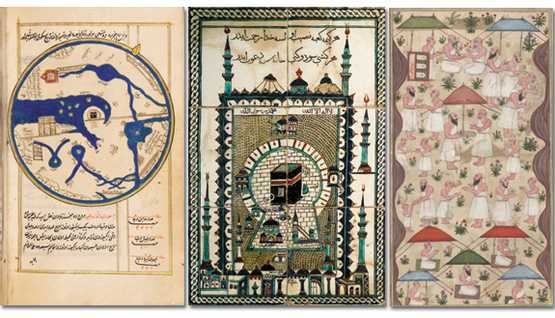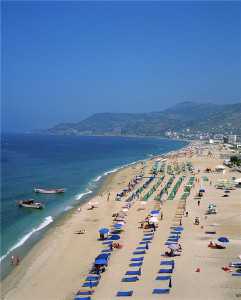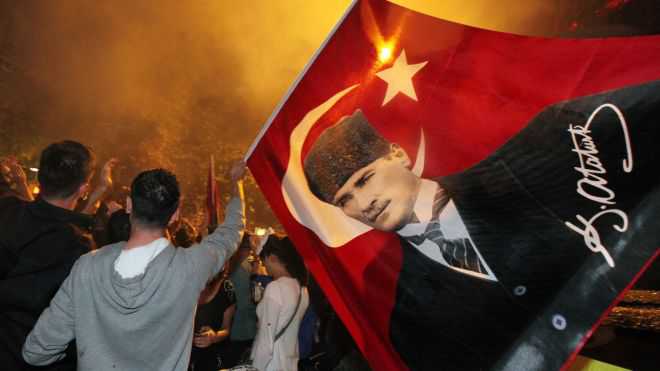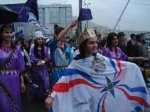The Syriac [Assyrian] community in Turkey is represented in a new exhibition titled “The Life of Ottoman Syriacs before 1915,” which represents their past experiences in Anatolia regarding the 1915 incidents.
Photographs collected from various personal archives in Europe are being showcased at the exhibition, which opened yesterday. The exhibition will be on display at the Human Rights Association (IHD) in Istanbul’s Taksim district, opening on May 1 as part of commemorations of the tragic events of 1915.
Syriac intellectual Sabo Boyaci, who headed the organization of the event, said the IHD was the first to come up with the offer.
“At the beginning of this century, the ancient peoples of Anatolia, including Syriacs, experienced many bloody tragedies. Syriacs named the tragedies they faced ‘Seyfo’ [meaning ‘sword’],” Boyaci said.
“They felt such great fears that they could not even express the misfortunes they experienced. With this exhibition, the disaster that Syriacs experienced will be reflected for the public,” he said.
“We particularly tried to choose the photos displaying the places where Syriacs were densely populated, which reflected their social life in the relevant years. We included pictures of intellectuals, schools and churches,” Boyaci said.
According to Boyaci, the exhibition will also cover a number of texts depicting “communal subversions” within the Syriac community. The Syriac community has so far preferred to remain in the background and has not brought their problems onto the agenda. When asked why they were now trying to make the “Seyfo” public, Boyaci said the time was right.
“It is a community that experienced bitter traumas. So we can’t expect them to easily express themselves. The point we have reached so far shows that we have partly overcome this trauma. Thanks to the works conducted by Syriacs who migrated abroad, we are managing to overcome our traumas,” he said.
‘Impossible a decade ago’
The current Syriac population in Turkey is said to be around 15,000, most of whom live in Istanbul. A large number of Syriacs migrated to Europe during the 1990s.
“The Syriacs in the diaspora are closely following the latest developments in Turkey. They have been able to see the changes that have taken place. Even if they are far away, their hearts belong to their homeland, where they were born. It is not easy to end this affection. They wish for the well-being of the country, while demanding respect for the tragedies experienced by their ancestors,” Boyaci said.
“We could not have opened such an exhibition only a decade ago. The improvement of democratic culture is still a little slow, but still we regard the point we have reached as progress,” he added.
via Exhibition of Assyrian Photographs Before 1915 Opens in Istanbul.




